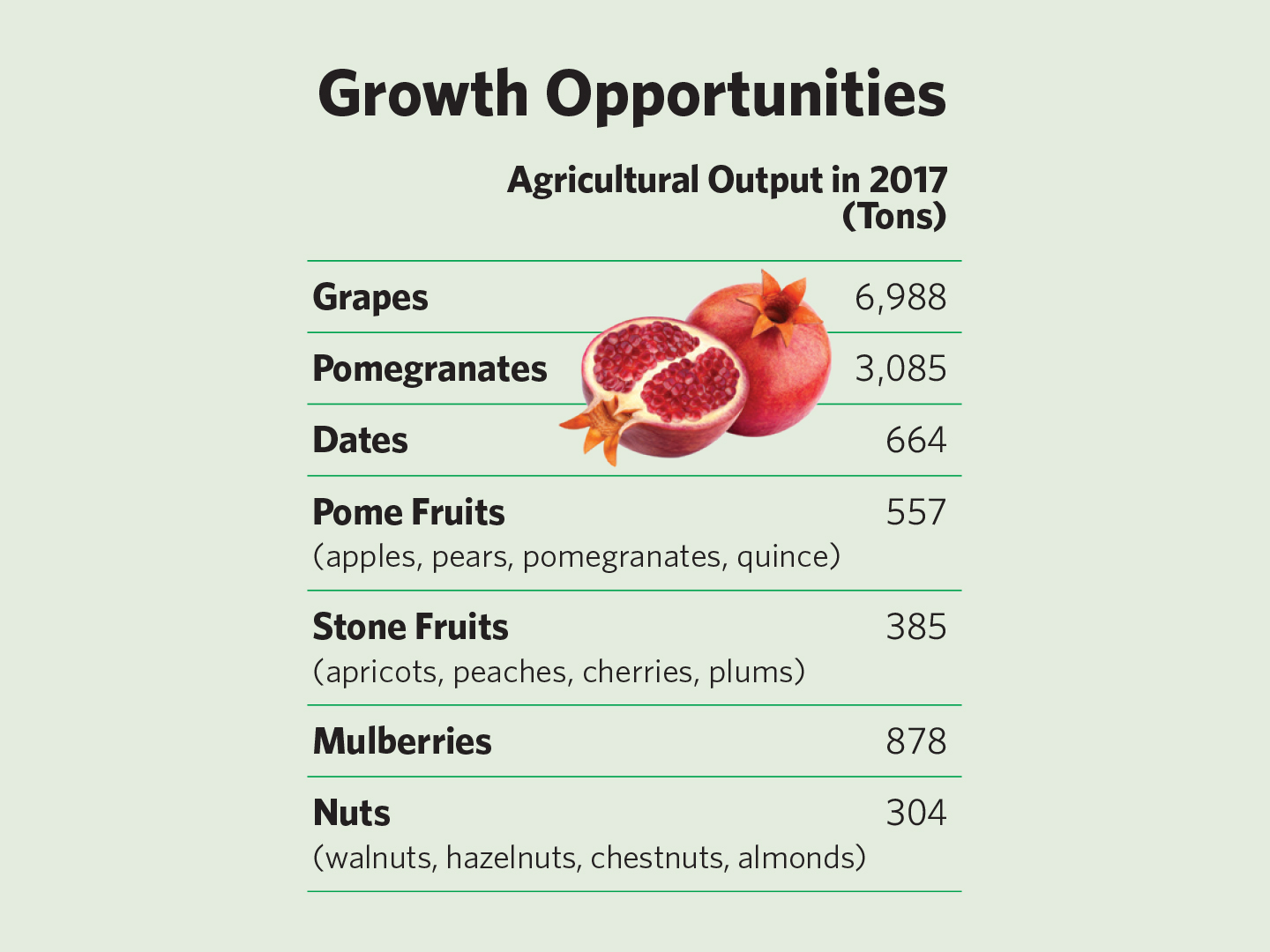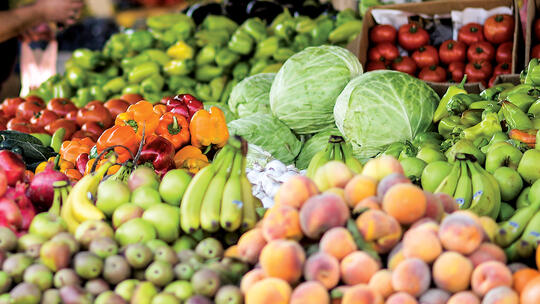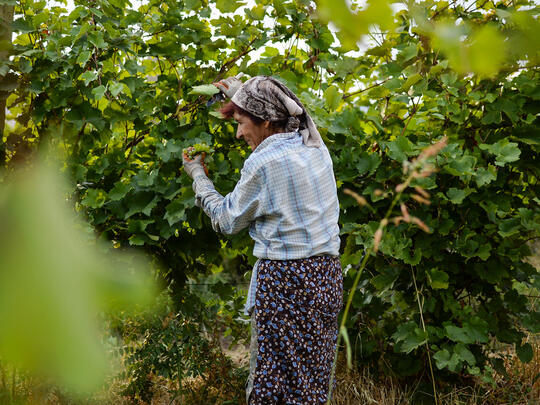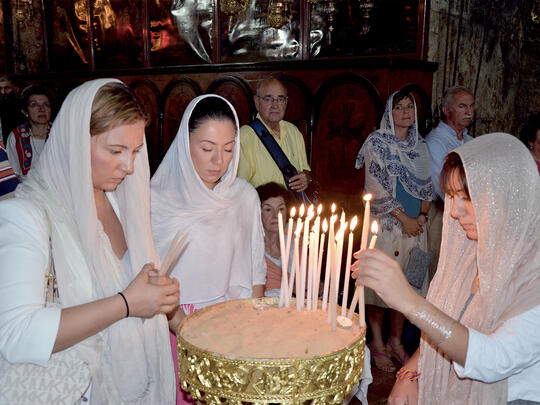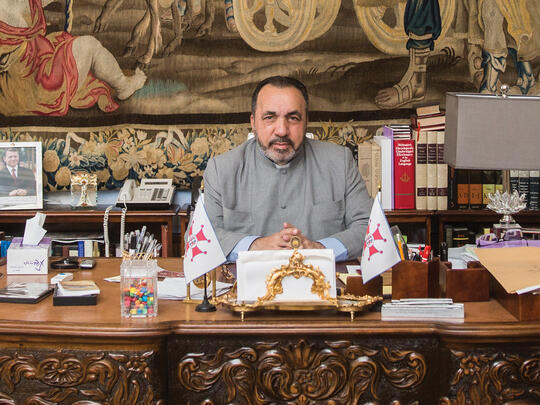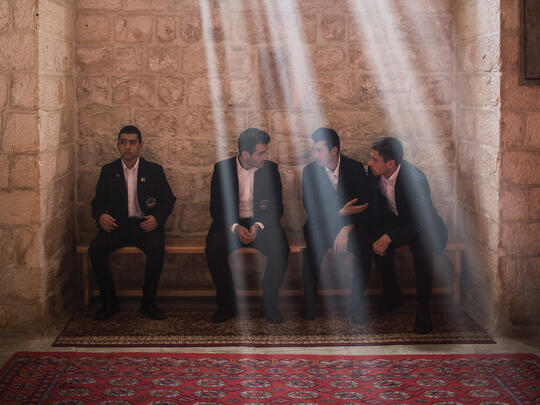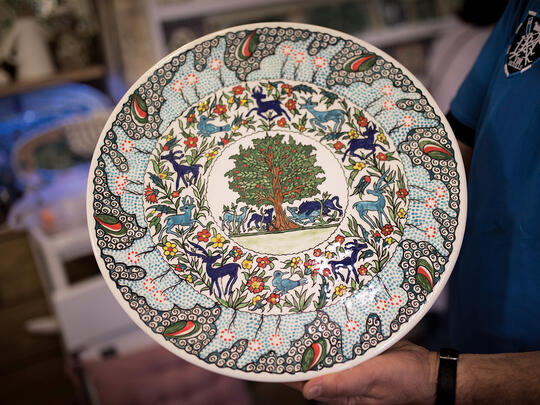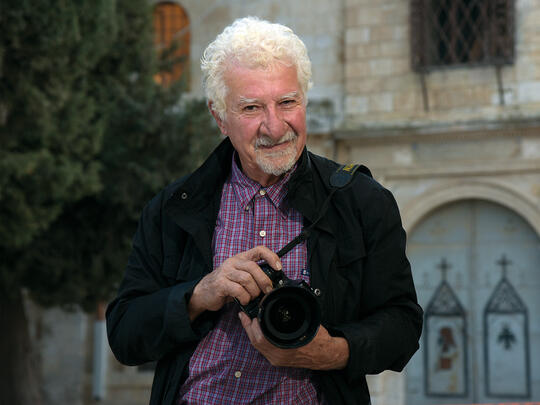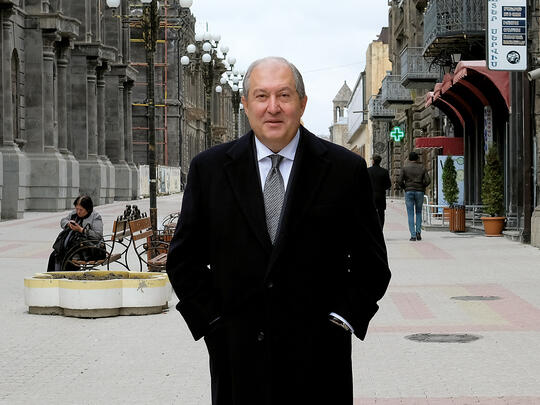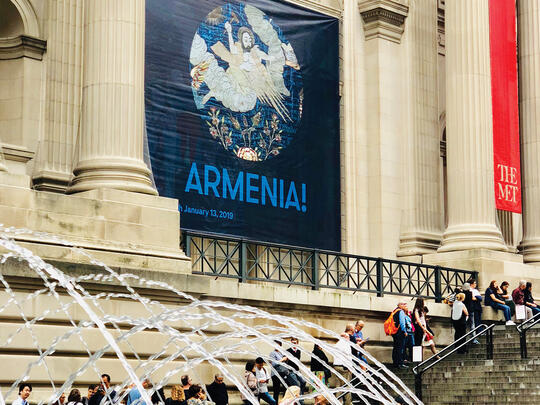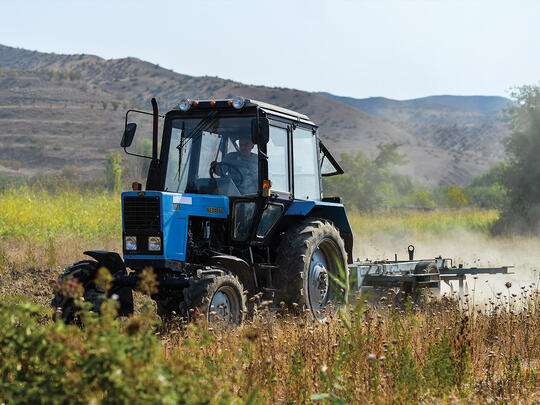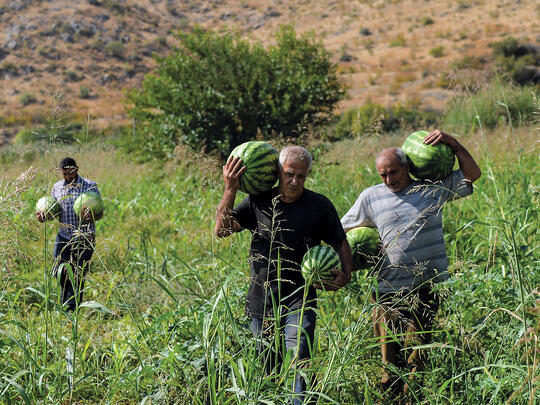If thirty years have revealed anything about the character of the 150,000 inhabitants of Artsakh, it’s this: Never underestimate them to defy conventional wisdom—not just in the military realm, but also in the economic sphere. Today, Artsakh is winning battles on the economic front with positive signs of sustainable growth. In the first quarter of 2018, GDP was up by 16.4 percent. What’s more, since 2017 foreign tourism to Artsakh skyrocketed by 60.8 percent, with visitors hailing from 15 percent more countries than a year ago. At the same time, the government of Artsakh recently declared the republic energy self-sufficient—a stark contrast from those darkest years in the 1990’s when both Artsakh and Armenia were choked off by Azerbaijan’s protracted fuel blockade. However, the best news is yet to come, as Artsakh steps up its efforts to optimize its once thriving agriculture sector—ground zero for eradicating poverty and driving economic self-sufficiency well into the future.

Food security comes first
The connection between economy and national survival hinges on food security. This is especially the case for a landlocked terrain with limited exposure to outside goods and services. Access to quality, nutrient-rich food is indispensable for population growth and maintaining a healthy, active citizenry able to perform to potential in all spheres of endeavor.
It may also be where the breathtaking scenery that accounts for Artsakh’s robust tourism sector must bow to the agricultural potentials that lie deep within its earth and across its fertile fields. Such natural assets, combined with a visionary government strategy for a 21st century economy, raise the prospects for a sustainable agricultural base with the capacity to deliver from farm-to-table, creating job-generating sub-industries and opening new markets in the process. As the economy grows, so will the state revenues that can be reinvested in the other national priorities, including the military, education and infrastructure.
The politics of agriculture
As with all developing countries, governance plays a vital role in addressing issues of food security and poverty. During soviet times, Artsakh was dubbed the “breadbasket” of the region, thanks to the fresh water sources and arable lands supporting what was then a mainly agrarian economy. According to Robert Avetisyan, Artsakh’s permanent representative to the United States, “Viticulture and cattle-breeding were among the champions. For instance, the annual harvest of grapes in Artsakh was among the highest across soviet territory reaching around 2000 lbs. per capita. Unfortunately, the soviet state limited Artsakh’s production to only supplying raw output for export to other republics for further processing. In effect, Artsakh was artificially prevented from achieving its fullagricultural potential.” Avetisyan went on to describe how this economic engineering impacted the population. “With fewer career options for many well-educated native Armenians, some found employment elsewhere. This was part of a grand design by Azerbaijan to fill those vacancies with Azeris who were traditionally involved with cattle herding and field work. Avetisyan was quick to also point out, that “despite these demographic manipulations, the Armenians remained the majority, with a presence never lower than 75% of the total population.”
Policies that pay off
After three decades of independence, the transition to a post-soviet, pro-business model is producing positive reports from local authorities. In 2017, GDP of the Artsakh’s agriculture sector was the equivalent of $69 million USD, with gross agricultural output at $158 million USD and crop production at $79 million USD. For a population of 150,000, inhabiting an area of just 1,700 square miles, these are promising performance indicators that are likely to improve as local practices adapt to international industry standards.

These strong numbers can largely be attributed to the careful stewardship of the Artsakh government. It has established new policies that are pro-expansion, pro-environment and anti-waste. The goal is to increase the total sown areas of crops while taking legislative regulatory actions to protect biodiversity and consumer rights. Regulations preventing pesticides, veterinary residue, harmful organisms, algae, food additives and GMO organisms from compromising both imported and domestic produce are also under way. Furthermore, a new system of drip irrigation, underthe Wastewater Technology Promotion Program, is being implemented to conserve water and cultivate crops more effectively and cost-efficiently. The Artsakh government has already installed such mechanisms across 343 hectares of land, out of which 86 are vineyards, 18 fruit gardens, 193 pomegranate gardens, and 2 walnut tree orchards. In addition, a 10-year strategy is in play to support rural economies.
Targets for major improvements include cattle breeding and the production of safe animal products, irrigation systems and raw product reprocessing practices to increase the variety of products and quantity of exports. Sites in which field crops, vegetables and perennial fruits are grown are of particular interest as well as the renewed attention on bee-keeping enterprises in the form of favorable lending terms and ugraded vocational training. This will set the stage for a projected 35% increase in the number of bee-keepers over its 2017 benchmark.
The prosperity-security connection
A booming agriculture industry as a core pillar of Artsakh’s economy begs the question: Can sustainable economic growth impact the outcome on recognition and peace? According to Avetisyan, “While international negotiations for a peaceful settlement of the remaining issues with Azerbaijan are still under way, Artstakh continues to develop as a state, striving to ensure all the rights and benefits that its population deserves. Along with providing a better quality of life for our people, a strong economy helps promote a larger population. A growing economy also means a stronger military and, ultimately, a safer homeland.”
Avetisyan acknowledged that “the country still must rely on trusted Armenian partners such as the AGBU to help break the isolation and rally Armenians outside the country to share their know-how, new technologies and expertise to accelerate progress. AGBU’s involvement in Artsakh’s nation building strategy is a success story of collaboration among multiple stakeholders.”
AGBU’s involvement in Artsakh’s nation building strategy is a success story of collaboration among multiple stakeholders.
With an integrated approach involving government and private business, science and technology, a ready workforce and supportive donor and investor base from around the world, all the ingredients are in place to put Artsakh back on the map as a breadbasket for its people, a heartland for Armenia and a competitive player in the region.
